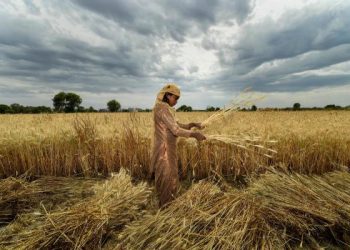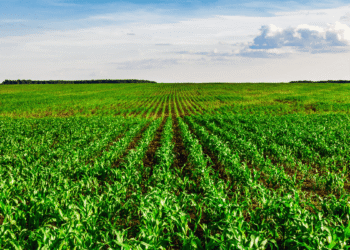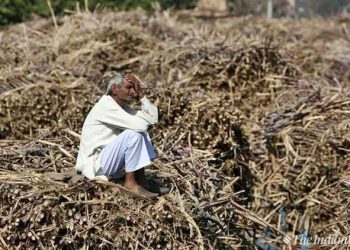But technology fixes and agri-business investments alone will not be enough to improve farmers’ livelihoods
In June this year, two significant documents relating to the Indian agriculture sector were released. The first is a consultation paper on the India Digital Ecosystem of Agriculture (IDEA) from the Ministry of Agriculture and Farmers’ Welfare (MoA&FW) and the second on Indian Agriculture: Ripe for Disruption from a private organisation, Bain and Company.
The first talks about a digital revolution in the agriculture sector and later predicts a revolutionary investment growth in agri-logistics, offtake, and agri-input delivery by 2025; these are, surprisingly, highly complementary. The fact is that every segment of present-day life is data-hungry. The MoA&FW report describes creating data to fuel the growth predicted by Bain and Company.
The forecast
The Bain report is a data-based prediction on agri-business scenarios, anchored to the agricultural set-up at present and predicting its future trajectories in another 20 years. It includes targeting the production of alternative proteins, and food cell-based food/ingredients and initiating ocean farming, etc. The report has a ‘today forward– future back approach’ and predicts a drastic investment opportunity development by 2025. The agriculture sector (currently worth $370 billion), is estimated to receive an additional $35 billion investment. The two enabling conditions for such investment opportunities are the changes in the regulatory framework, especially recent changes in the Farm Acts and digital disruption. The report argues that benefiting from the huge investments into the agri-ecosystem, doubling farmers’ income targets can be achieved in near future.
The idea of integration
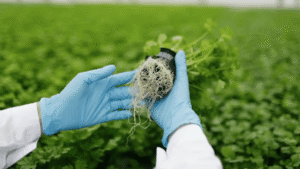
The IDEA-consulting paper is based on the Task Force and Working Group report constituted by the MoA&FW to design the blueprint of “digital agriculture” — which is similar to the digital disruption mentioned in the Bain report. Eventually, the farmer and the improvement of farmers’ livelihood is the aim of the IDEA concept and it is proposed to happen through tight integration of agri-tech innovation and the agriculture industry ecosystem to farming and food systems. To be precise, the IDEA concept profounds the creation of second enabling conditions (which is described in the Bain report). The IDEA principles explicitly talk about openness of data, which means open to businesses and farmers, indicating the kind of integration it aims at.
Value-added innovative services by agri-tech industries and start-ups are an integral part of the IDEA architecture. Beyond the architecture, these services listed in the document (to be available on the platform) are equally important data for farmers and businesses. The Indian agriculture sector in future will encompass farm to fork and pave the way for a single national market with a national platform with better connection between producer and consumers. Through their work, the management experts, Parijat Jain, Prashant Sarin and Shalabh Singawne (the authors of the Bain report) have depicted the agriculture reforms announced by the union government as a game-changer in the agriculture sector.
A thread of digital disruption
The IT industry has opposition to IDEA mainly due to the ethics of creating a Unique Farmer ID based on one’s Aadhaar number and also the potential for data misuse. Beyond the news coverage about the prospects of achieving the goal of Doubling Farmers Income on which the present government has almost lost its hope, the Bain report has not been widely discussed — at least in the public domain. The assumptions used by authors of the Bain report, especially for its ‘future back approach’, need more or less focusing on widespread food production in controlled environments. No doubt, the emission, energy, and other resource footprints and sustainability issues around these techniques must be carefully studied to confirm the projected trajectory (which is not a part of the report).
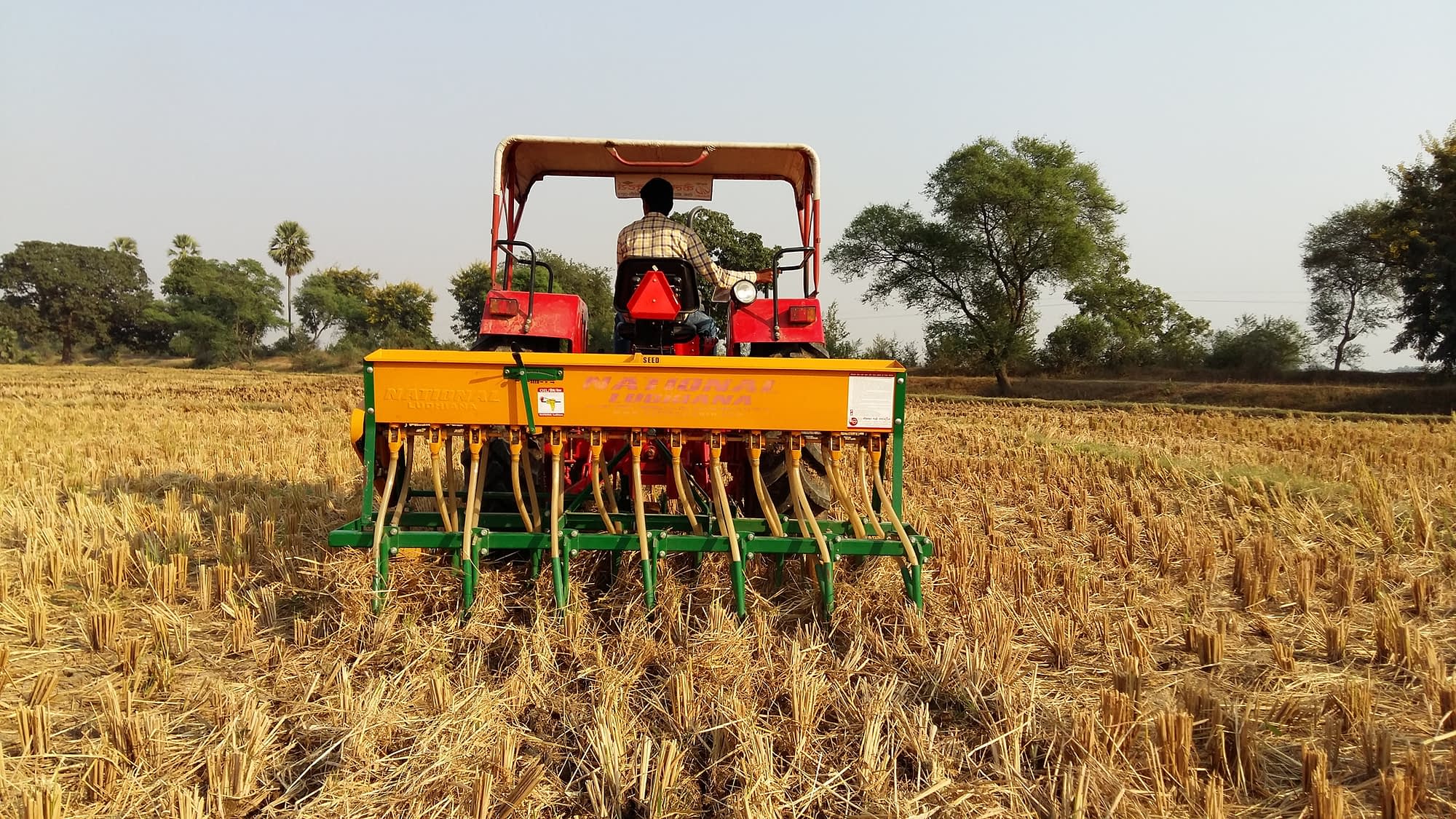
However, the report has convincingly demonstrated the business opportunity available in supply chains between farm to Agricultural Produce Market Committee (APMC) mandi and mandi to the customer, which can be realised with the support of digital disruption and the latest agriculture reforms.
Both these reports heavily rely on digital disruption to improve farmers’ livelihoods, without discussing how much farmers will be prepared to benefit from these newly emerging business environments. Hinting that the Union government is serious about this digital support to the agriculture sector — the Union Minister of Agriculture and Farmers Welfare, Narendra Singh Tomar, has emphasised the significance of the farmer’s database being prepared and has sought the support of States.
An unconvincing ‘how’
However, the fact is that a majority of small and marginal farmers are not technology-savvy. That most of them are under-educated for capacity building is ignored amidst these ambitious developments. The Bain report relies on the general assumption that more investments into the agriculture sector will benefit farmers; ‘but how’ has not been convincingly answered. Similarly, how the technology fix will help resolve all the nine issues of Indian agriculture listed at the beginning of the report is unclear in the IDEA concept. Together, the two reports look forward to benefiting from the recent agriculture legislature changes without perceiving the capacity-building required at a farmer’s end. Politically, these two reports ignore the protest of farmers against the reforms without considering it as a barrier or risk factor resulting in a repealing of these new farm laws.

Focus on the farmer
While agreeing on the fact that a data revolution is inevitable in the agriculture sector, given its socio-political complexities, we cannot just count on technology fixes and agri-business investments for improving farmers’ livelihoods. There need to be immense efforts to improve the capacities of the farmers in India – at least until the educated young farmers replace the existing under-educated small and medium farmers. This capacity building can be done through a mixed approach – preferably building the capacities of individual farmers or coping with the new situation by establishing support systems, through FPOs and other farmers associations where technical support is available for farmers. Considering the size of the agriculture sector of the country this is not going to be an easy task but would need a separate programme across the country with considerable investment.
Jayahari K.M. is India Country Coordinator of the Food and Landuse Coalition. A. Arunachalam is Director of the Indian Council of Agricultural Research (ICAR)-Central Agroforestry Research Institute
Also Checkout: History and evolutions of agriculture through ages.


